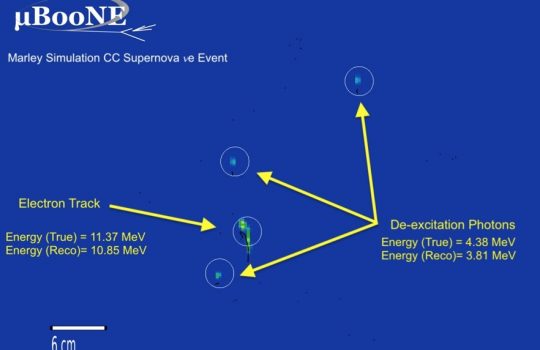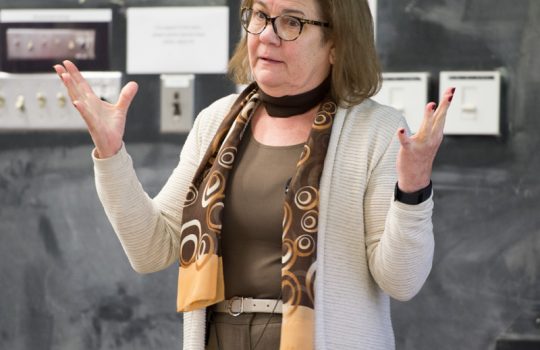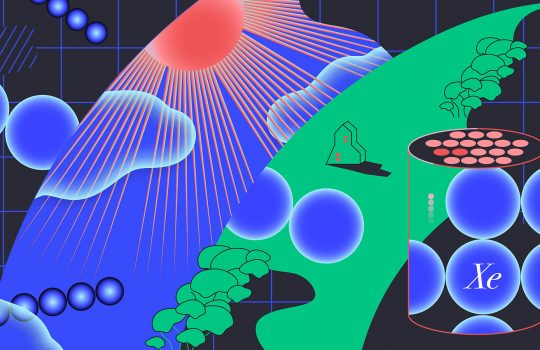Where science meets the sacred
- construction
- Deep Underground Neutrino Experiment
- DUNE
- Native American
- Sanford Underground Research Facility
- SURF
Sanford Underground Research Facility is making an effort to build bridges with Native American communities and operate with respect for the sacred land it is built on.




